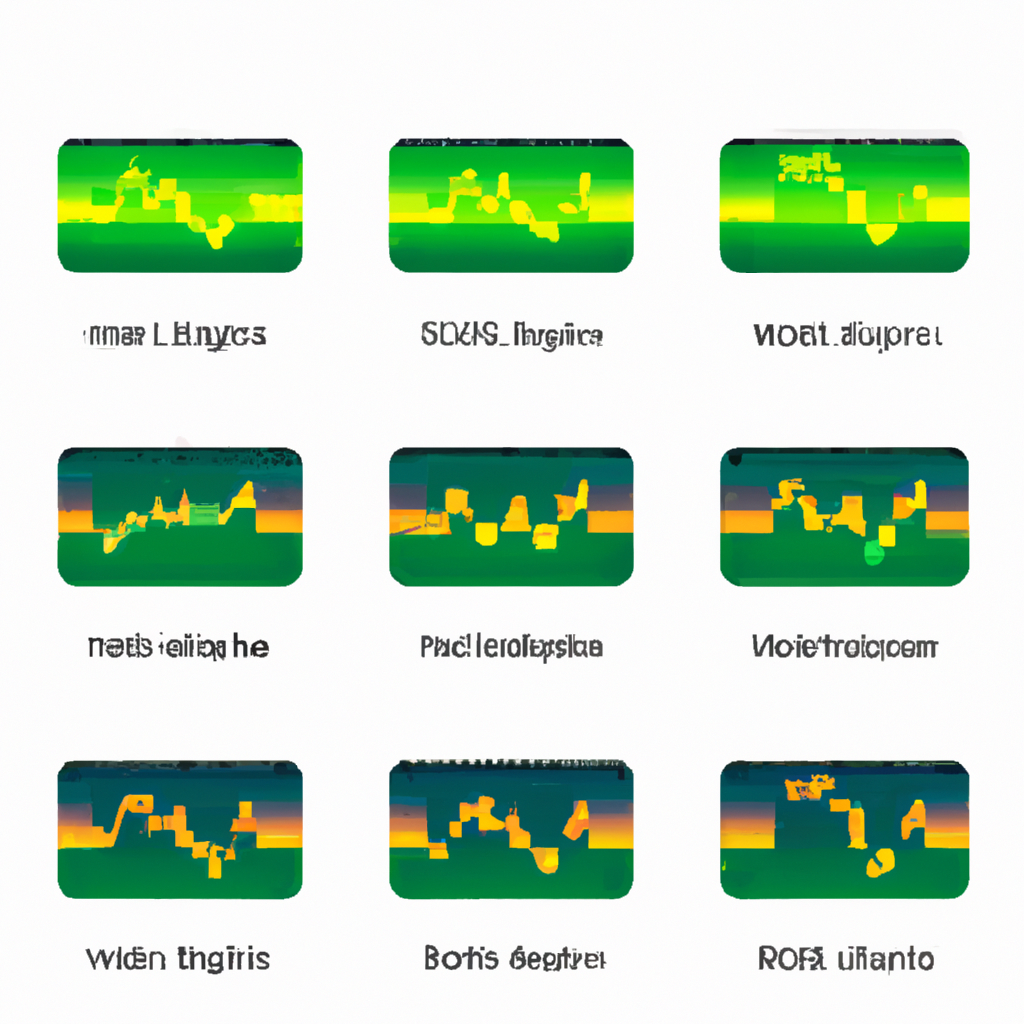
Understanding MACD Indicator Signals: A Guide for Traders
Understanding MACD Indicator Signals
The Moving Average Convergence Divergence (MACD) indicator is a popular tool used by traders to identify trends and potential entry or exit points in the market. Understanding how to interpret MACD signals can help traders make more informed decisions when trading stocks, forex, or other financial instruments.
What is the MACD Indicator?
The MACD indicator is a trend-following momentum indicator that shows the relationship between two moving averages of a security’s price. The MACD is calculated by subtracting the 26-period Exponential Moving Average (EMA) from the 12-period EMA. The result is a line that oscillates above and below a zero line, indicating bullish or bearish momentum.
MACD Signal Line
In addition to the MACD line, the indicator also includes a signal line, which is a 9-period EMA of the MACD line. When the MACD line crosses above the signal line, it is considered a bullish signal, indicating that the momentum is shifting to the upside. Conversely, when the MACD line crosses below the signal line, it is a bearish signal, suggesting that the momentum is turning negative.
MACD Histogram
The MACD histogram is another component of the indicator that shows the difference between the MACD line and the signal line. The histogram helps traders visualize the strength of the momentum and can be used to confirm trend reversals or continuations.
Interpreting MACD Signals
Traders can use MACD signals in a variety of ways to make trading decisions. Some common strategies include:
- Crossing Signals: When the MACD line crosses above the signal line, it is a bullish signal to buy. Conversely, when the MACD line crosses below the signal line, it is a bearish signal to sell.
- Divergence: Divergence occurs when the price of the security moves in the opposite direction of the MACD indicator. This can signal a potential trend reversal.
- Overbought/Oversold Conditions: When the MACD line diverges significantly from the signal line, it may indicate that the security is overbought or oversold, suggesting a potential reversal.
Conclusion
The MACD indicator is a powerful tool that can help traders identify trends and potential entry or exit points in the market. By understanding how to interpret MACD signals, traders can make more informed decisions and improve their trading strategies. It is important to remember that no indicator is foolproof, and it is always recommended to use MACD signals in conjunction with other technical analysis tools for better accuracy.